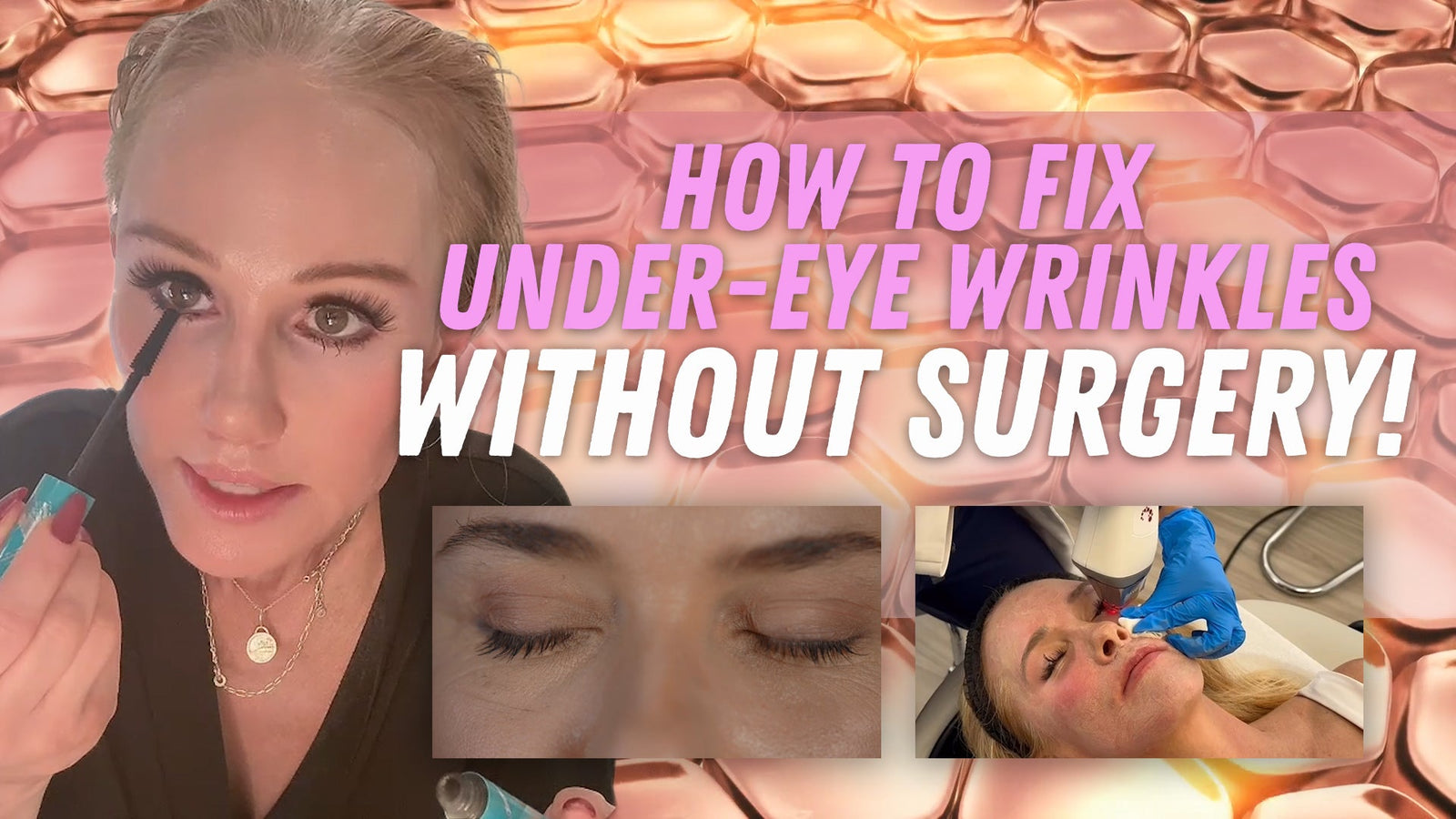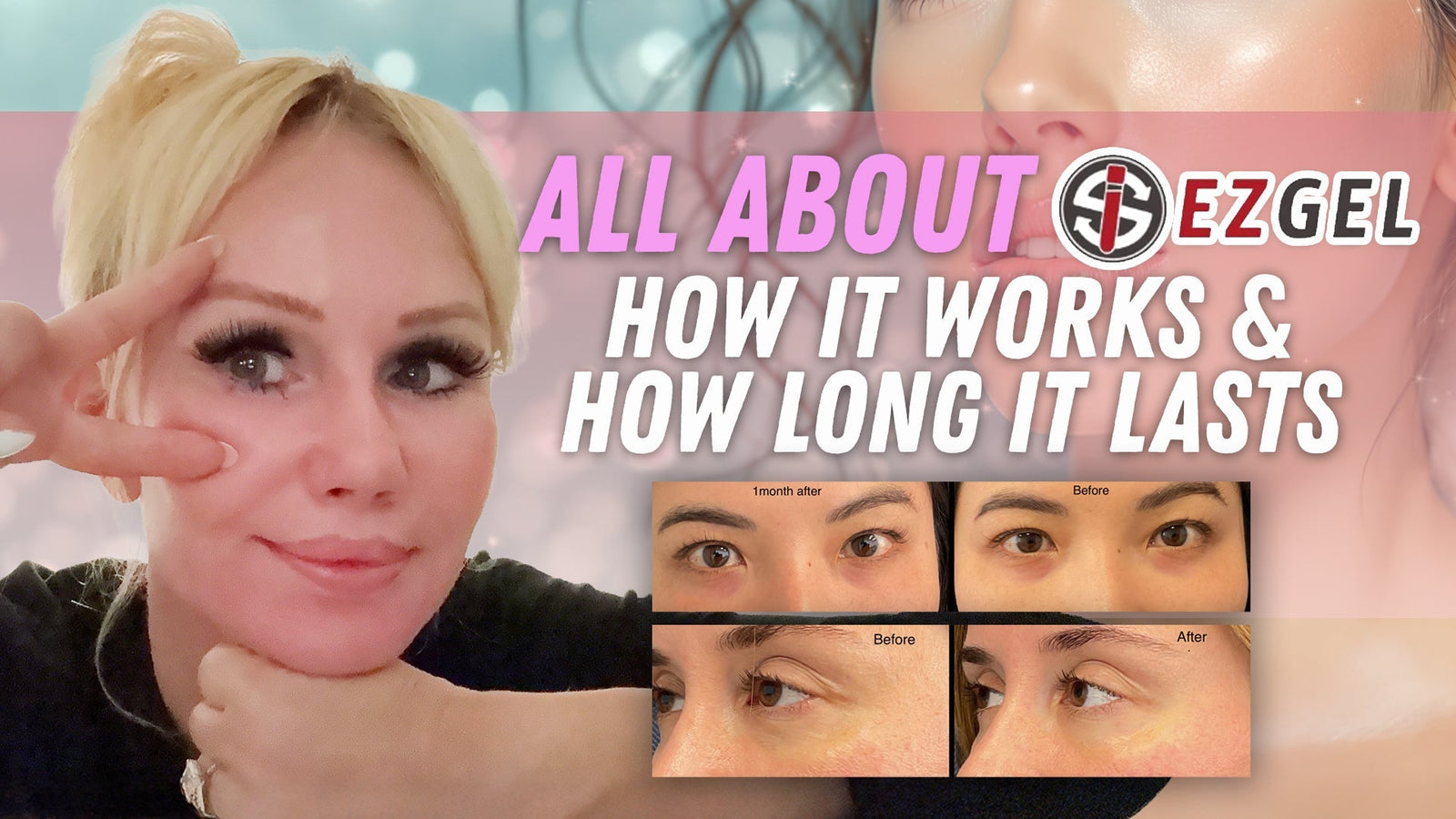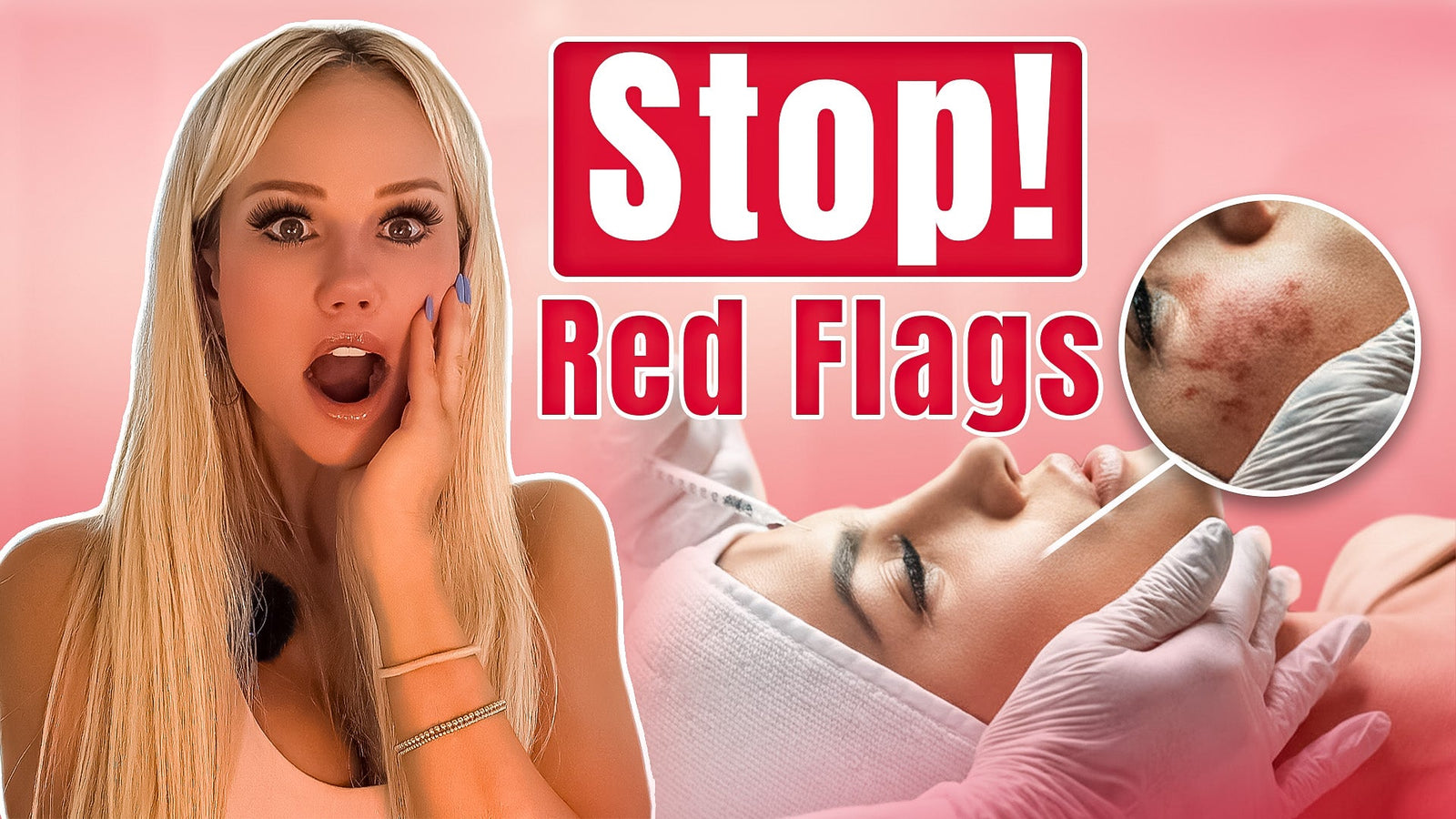The Truth About “Cool Peel” Lasers
Lately, more patients have been coming into my office asking about the Cool Peel laser often thinking it’s the same thing as a traditional CO₂ laser.Spoiler alert: it’s not. There’s a lot of confusion (and marketing spin) around these treatments, so let’s break it down together.
This is your quick laser lecture: everything you need to know about CoolPeel, CO₂ lasers, and how to tell the difference before booking a treatment. For a more in-depth understanding be sure to watch this week's YouTube Video
Why Everyone’s Talking About Lasers Again
In the world of aesthetics, we’ve seen a shift. The industry is moving away from overfilled faces and turning back to laser treatments and surgical options that focus on skin health and long-term rejuvenation.
I’ve been doing lasers since my 20s, and I can confidently say: nothing preserves skin quality like laser technology. When your skin texture is smooth, pores are refined, and the surface is even — you’ll look youthful at any age, even as volume and bone structure change over time.
CO₂ Lasers 101: The Power Behind the Beam
A true CO₂ laser operates at a 10,600-nanometer wavelength. That wavelength specifically targets water in the skin — which means it resurfaces and stimulates collagen and elastin production for real texture and wrinkle improvement.
Different lasers target different things:
-
CO₂ (10,600 nm) → targets water for texture, lines, and collagen
-
VBeam (595 nm) → targets hemoglobin for redness and rosacea
-
YAG / Pico / Diode (various wavelengths) → target melanin for pigmentation or hair removal
Every wavelength serves a purpose. That’s why understanding what your laser actually does matters.
So What Is “CoolPeel,” Really?
CoolPeel uses the same CO₂ wavelength (10,600 nm) but that doesn’t make it equivalent to a full CO₂ laser resurfacing.
Here’s why:
| Feature | CoolPeel | Traditional / Fractional CO₂ |
|---|---|---|
| Depth | 10–20 microns | Up to 350 microns |
| Target area | Superficial (stratum corneum) | Epidermis + Dermis |
| Results | Temporary glow | Long-term collagen remodeling |
| Downtime | Minimal | Several days to a week |
| Purpose | Quick refresh | True rejuvenation |
CoolPeel is best for a quick “glow-up,” mild texture improvement, or maintenance between deeper treatments.
But if you’re expecting major wrinkle reduction or tightening,a deeper fractional CO₂ is the gold standard.
Why Depth Matters
Think of your skin in layers:
-
Epidermis – the outermost layer (where CoolPeel works)
-
Dermis – the deeper layer withcollagen and elastin fibers
To truly rebuild and strengthen your skin, you need to stimulate those deeper dermal layers. That’s where long-term results happen — improved firmness, reduced fine lines, and smoother texture that lasts.
CoolPeel treatments stay near the surface. You’ll get a nice short-term polish, but not the structural skin changes that deeper CO₂ resurfacing achieves.
“Not All CO₂ Lasers Are Created Equal”
When a clinic advertises that they “offer CO₂,” that can mean a lot of different things. The laser might technically share the wavelength — but power, pulse width, fluence (energy), and depth all determine your outcome.
To simplify:
-
Shorter pulse = stronger effect
-
Higher energy = deeper resurfacing
-
Fractional patterns = less downtime, more gradual improvement
Always ask your provider:
-
How deep does this laser go?
-
Can I see before-and-after photos from your patients?
-
What’s your training and experience with CO₂ lasers?
The Marketing Trap
Many med spas buy entry-level devices and market them as “CO₂” because the term carries prestige. But without proper training or equipment, results are minimal — or, in worst cases, unsafe.
Powerful lasers like UltraPulse CO₂, CO2RE, or Contour TRL Erbium require advanced expertise. These devices can transform skin when used correctly, but they can also cause complications if mishandled.
Dr. Kappel’s Takeaway
If you only remember one thing from this laser chat, make it this:
“CoolPeel gives you a surface refresh — true CO₂ resurfacing transforms your skin.”
Before you book, do your homework:
-
Ask about the depth of treatment
-
Verify the experience of your provider
-
Don’t be swayed by marketing buzzwords
Your skin deserves science, not sales pitches.
Final Thoughts
Lasers are one of the best long-term investments for your skin health.
Whether you’re 30 or 60, the right treatment plan can keep your complexion smooth, healthy, and youthful for decades.
Be informed. Ask questions. And as always — take care of your beautiful skin.



